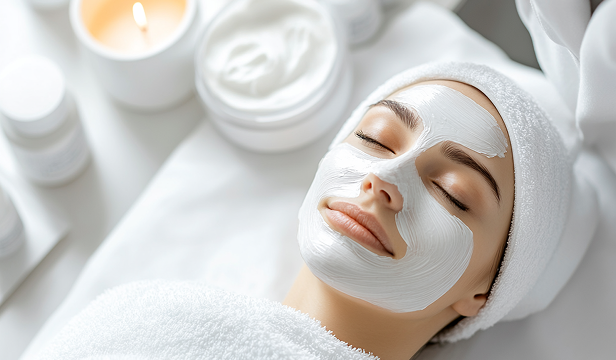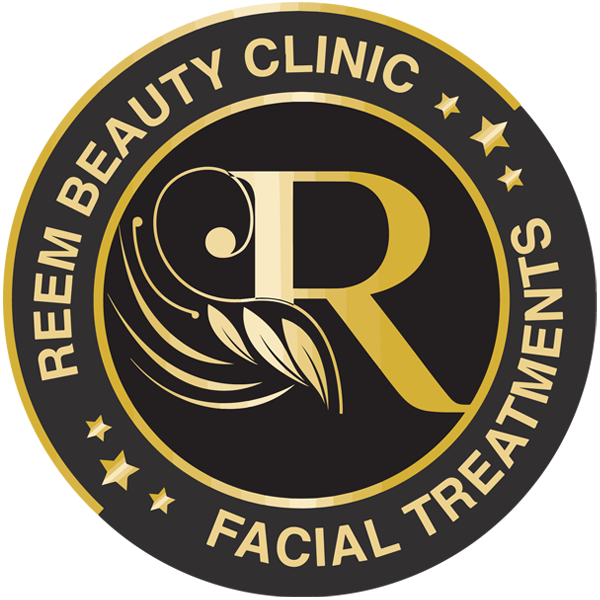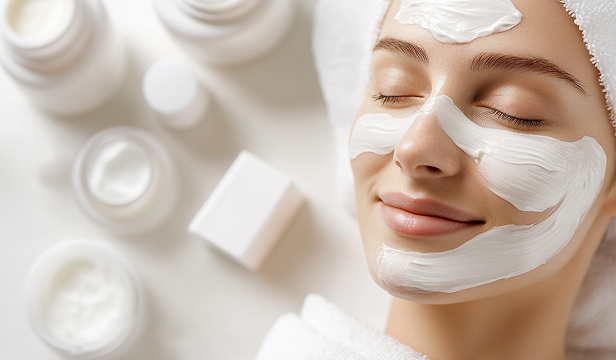Introduction Achieving a more sculpted and defined appearance no longer requires surgery. Thanks to advancements…

Chemical Peels vs. Laser Treatments: Which One is Right for You?
Introduction
When it comes to skin rejuvenation, chemical peels and laser treatments are two popular options. Both treatments help improve skin texture, reduce fine lines, and address pigmentation issues. However, they work in different ways and are suited for different skin concerns. This guide will help you understand the differences between chemical peels and laser treatments to determine which is best for your skin.
1. What Are Chemical Peels?
a. How They Work
- Chemical peels involve applying a chemical solution to exfoliate the outer layers of skin.
- The depth of the peel varies depending on the type of acid used (superficial, medium, or deep peels).
- Peeling helps remove damaged skin cells and promotes collagen production.
b. Benefits of Chemical Peels
- Improves skin tone and texture.
- Reduces acne scars, sun damage, and fine lines.
- Unclogs pores and helps treat acne.
- Enhances overall skin brightness.
c. Types of Chemical Peels
- Superficial Peels: Use mild acids (e.g., glycolic acid) to exfoliate the top layer of the skin. Minimal downtime.
- Medium Peels: Use stronger acids (e.g., TCA) to penetrate deeper, addressing pigmentation and moderate wrinkles.
- Deep Peels: Use phenol or high-strength acids to target severe skin damage. Requires significant downtime and aftercare.
2. What Are Laser Treatments?
a. How They Work
- Laser treatments use focused light energy to resurface the skin, stimulate collagen production, and improve skin tone.
- Some lasers remove layers of skin (ablative), while others target deeper layers without damaging the surface (non-ablative).
b. Benefits of Laser Treatments
- Targets deeper wrinkles and severe sun damage.
- Improves skin elasticity by stimulating collagen production.
- Reduces scars, stretch marks, and uneven skin tone.
- Suitable for more advanced skin concerns.
c. Types of Laser Treatments
- Ablative Lasers: Remove layers of skin (e.g., CO2 and Erbium lasers). Effective for deep wrinkles and scars.
- Non-Ablative Lasers: Stimulate collagen without removing skin layers (e.g., fractional laser, IPL). Minimal downtime but requires multiple sessions.
3. Comparing Chemical Peels and Laser Treatments
| Feature | Chemical Peels | Laser Treatments |
|---|---|---|
| Best For | Mild to moderate skin concerns | Deep wrinkles, scars, and pigmentation |
| Downtime | Varies (superficial: minimal, deep: weeks) | Ablative: longer, Non-ablative: minimal |
| Pain Level | Mild to moderate discomfort | Varies (ablative can be more painful) |
| Results | Gradual improvement over weeks | Faster, more dramatic results |
| Suitability | Most skin types | Some laser treatments are not recommended for darker skin tones |
| Sessions Required | Multiple for best results | May require fewer sessions, but costlier |
4. How to Choose the Right Treatment for You
- Choose Chemical Peels If:
- You have mild to moderate acne scars or pigmentation.
- You prefer a cost-effective option with less downtime.
- You want to improve overall skin texture and radiance.
- Choose Laser Treatments If:
- You have deep wrinkles, scars, or severe sun damage.
- You are looking for longer-lasting results with fewer sessions.
- You are willing to invest in a more advanced treatment.
Conclusion
Both chemical peels and laser treatments offer excellent skin rejuvenation benefits, but the right choice depends on your skin concerns, budget, and downtime tolerance. Consulting with a dermatologist or skincare professional can help determine which treatment aligns best with your goals and skin type.




This Post Has 0 Comments